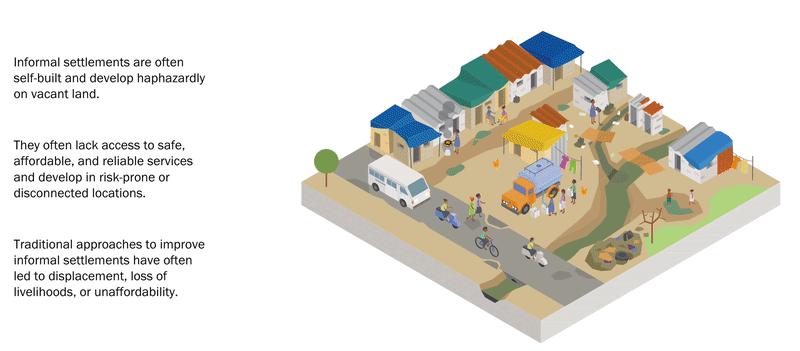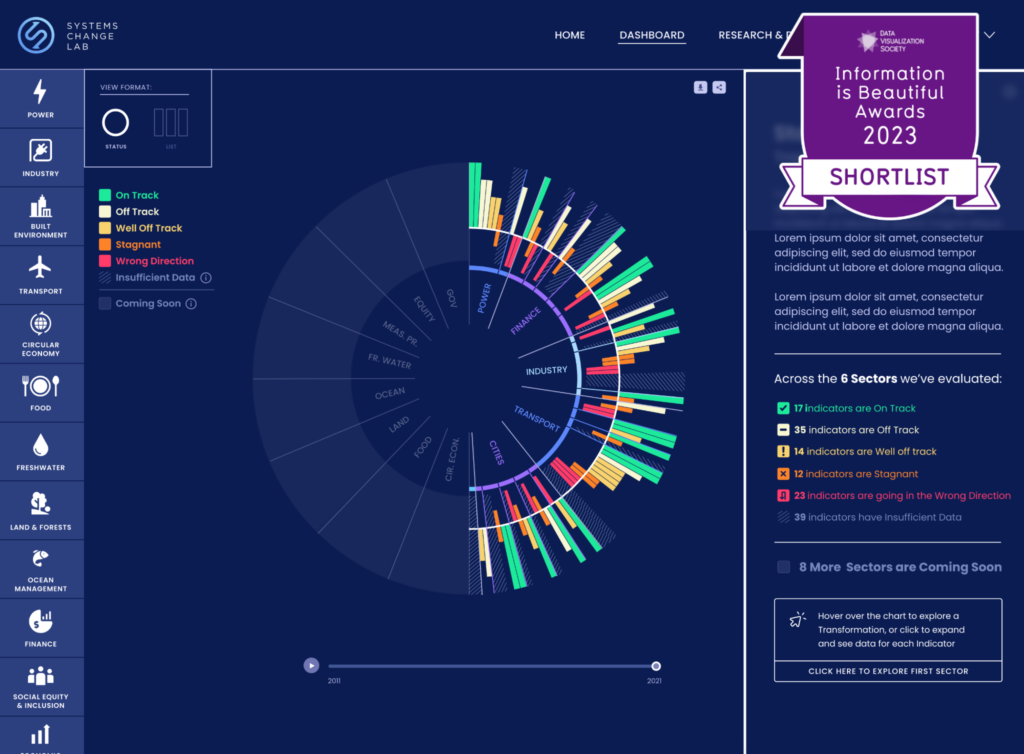Each day, services that make modern life possible are easily taken for granted. A stable electrical current keeps the temperature comfortable in your home. The unlimited supply of tap water flowing into your home is invaluable for hygiene, hydration, and meal preparation. Your own personal vehicle or proximity to public transit gives you access to jobs and opportunities. These services are not the norm for those living in the global South. More than 1.2 billion people — or one in every three urban-dwellers on the planet — lack daily access to essential urban services. The massive worldwide urban services divide creates a dangerous and unjust burden on underserved individuals, damages the environment, and holds back the potential of whole cities and nations.
To help close this gap, the World Resources Institute’s (WRI) Ross Center for Sustainable Cities produced a report titled Seven Transformations for More Equitable and Sustainable Cities, which paints a picture of the urban services divide and presents strategies for global cities to deliver equitable access to urban services.
WRI entrusted Graphicacy with the monumental task of applying a visual context to the myriad problems and potential solutions around the urban services divide. Across a multi-month project timeline, Graphicacy developed informational graphics and interactive scrollytelling passages to help policymakers and other stakeholders understand the magnitude of the problems and why solving them must be a priority.






